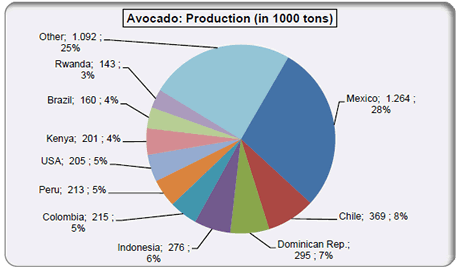Mar 10 2014
Getting the Most [Votes] Out of Every Drop!
“Money will flow to Drought Relief”, the headline on the front page of the 3/10/2014 San Diego UT
http://www.utsandiego.com/video/play/66924/.  At first glance, and for those who read only headlines, or may not read newspapers anymore (a growing trend), the headline is encouraging…but the devil is in the details. The lead sentence tells of North County irrigating their groves with all recycled water, not yet a reality, but will be when part of the ten million dollar relief package is doled out.
At first glance, and for those who read only headlines, or may not read newspapers anymore (a growing trend), the headline is encouraging…but the devil is in the details. The lead sentence tells of North County irrigating their groves with all recycled water, not yet a reality, but will be when part of the ten million dollar relief package is doled out.
I like avocados, so much so that for years I had an avocado tree at our home that produced a prodigious amount of fruit. And I am sympathetic with avocado growers who have been harvesting them for decades in the nearly 7000 farms in San Diego County. That avocado tree we used to have in our front yard was a water-gobbler, and so are the current 15,000 acres of avocado groves in San Diego County that require four acre-feet per acre. That totals 60,000 acre-feet per year, enough water to provide water for 120,000 homes occupied by a family of four. But, you say, the plan is to provide recycled water to the growers. Great, but instead of throwing money at avocado growers, why not focus on real sustainable water sources for the residential water user?
Doing the math, the average production from an acre of avocado is 5,000 pounds and the water required is four acre-feet per acre of avocado trees.. Converting from acre-feet to gallons, the water consumed by an acre of avocados is 1,303,600 gallons per year. This equates to a whopping 261 gallons per pound of avocados grown. It is a very thirsty fruit.
Economic dislocation is never fun. I have had my share of it, and survived. The US produced only five percent of the all of the avocados grown in the world last year. Importing fruits and vegetables may upset the trade balance, but in this water-stressed world, it is the same as importing water. Let’s let other countries spend their precious water resources growing avocados. From what I can tell from my research, higher and higher water costs are driving down the avocado acreage, from a peak of 40,000 acres in San Diego County in the 1990’s to the current 15,000 acres. Growers are having to compete with Chile and other nations, and they are losing.
As the drought continues, the focus needs to be on sustaining the socio-economic vitality of San Diego’s residents. Farming was a good idea when water was cheap. It will never be cheap again, not even recycled irrigation water.
In this blog I have covered only a small piece of the smorgasbord of “Drought Relief” dollars being spent. Future blogs will address the other parts. It may be hyper-critical to modify the goal of this package of funds, but as I look at the way the funds are being spread around, the quote from Senate Pro Tempore Darrell Steinberg in the article could say, “The goal is to invest in projects that help us get the most [votes] out of every drop.”
Milt Burgess

The Montanan
About Alumni at the University of Montana